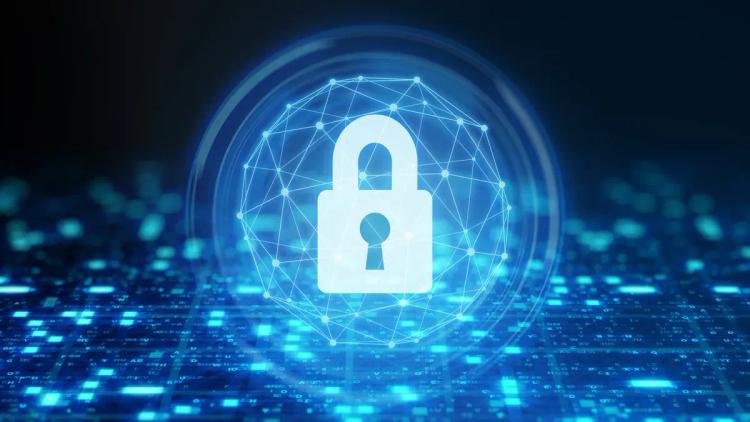
BEGINNER’S GUIDE
by: Towqeer gilkar

Cryptocurrency Security: How to Safely Store Your Digital Assets
As the adoption of cryptocurrencies continues to grow, so does the importance of ensuring the security of your digital assets. Unlike traditional forms of money, cryptocurrencies are stored in digital wallets, making them susceptible to various security threats. In this article, we will explore essential measures to safeguard your cryptocurrency holdings and minimize the risks associated with theft, fraud, and hacking.
I. Types of Cryptocurrency Wallets:
Before diving into security measures, it's crucial to understand the different types of cryptocurrency wallets:
Hardware Wallets: Physical devices that store cryptocurrency offline, away from the internet. Examples include Ledger and Trezor.
Software Wallets: Applications or software programs that can be installed on computers or mobile devices. Examples include Exodus, MyEtherWallet, and Electrum.
Paper Wallets: A printed or written document containing your public and private keys. It's a form of cold storage, keeping the keys offline.
Online Wallets: Wallets provided by cryptocurrency exchanges or online platforms. While convenient, they are more susceptible to hacking.
Mobile Wallets: Wallet applications designed for mobile devices, allowing users to manage their cryptocurrency on the go. Examples include Trust Wallet and Coinomi.
II. Use Hardware Wallets for Significant Holdings:
Hardware wallets are widely regarded as one of the most secure options for storing significant amounts of cryptocurrency. Because they are offline most of the time, they are immune to online hacking attempts. To access your funds, you typically need to connect the hardware wallet to a computer or mobile device, adding an extra layer of security.
III. Keep Software and Devices Updated:
Regularly update your wallet software and the operating systems of the devices you use for cryptocurrency transactions. Software updates often include security patches that protect against vulnerabilities exploited by hackers. Ensuring your devices are running the latest software versions is a fundamental step in maintaining the security of your digital assets.
IV. Enable Two-Factor Authentication (2FA):
Two-Factor Authentication adds an extra layer of security by requiring a second verification step in addition to your password. This commonly involves receiving a code on your mobile device or email that you must enter to access your wallet or exchange account. Enabling 2FA significantly reduces the risk of unauthorized access even if your password is compromised.
V. Be Wary of Phishing Scams:
Phishing scams are prevalent in the cryptocurrency space. Be cautious of emails, messages, or websites that request your private keys, recovery phrases, or login credentials. Legitimate entities will never ask for this information through unsolicited messages. Always verify the authenticity of the communication before sharing any sensitive information.
VI. Secure Your Private Keys and Recovery Phrases:
Your private keys and recovery phrases are the keys to your cryptocurrency holdings. Never share them with anyone, and store them in a secure and confidential manner. Consider using hardware wallets or secure offline storage for long-term holding. Be cautious of storing sensitive information digitally, especially on devices connected to the internet.
VII. Diversify Storage Methods:
Consider diversifying your storage methods to reduce risk. For instance, use a hardware wallet for significant holdings, a software wallet for everyday transactions, and a paper wallet or another form of cold storage for long-term storage. Diversification can mitigate the impact of a security breach on a single wallet or storage method.
Related Blogs
Our great way to help make people keep working for us is to invest in their overall job satisfaction by providing them with the perks and benefits they want most.




